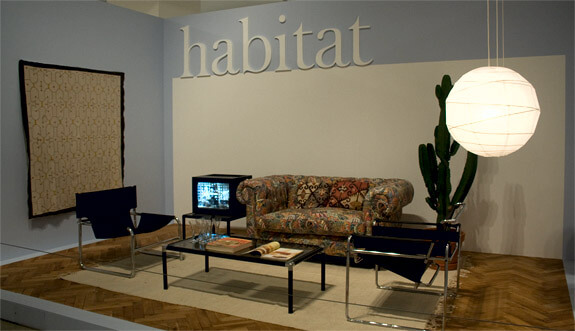
Living room furniture from Habitat on display at the Design Museum's retrospective of Sir Terence Conran. Photograph © Aditya Palsule
Earlier this year I had a chance to visit the Design Museum London’s excellent retrospective, The Way We Live Now on Sir Terence Conran–designer, entrepreneur and a huge inspiration to creative business. Now this could have been just another parade of designer objects arranged neatly in a gallery setting, but what made The Way We Live Now different and far more interesting was the focus on Conran’s process of taking an idea from drawing board to market.
Sir Terence Conran trained as a textile designer at what was then the Central School of Art and Design, but left early when he was offered a chance to work on the Festival of Britain. He founded his own practice in 1956 with the launch of his Summa range of furniture. But it was Conran’s tremendous entrepreneurial spirit that, combined with his sense for contemporary design brought him success and international recognition. Frustrated with the inability of mainstream retailers to display his products according to his specifications, Conran decided to start his own store.
In 1964 the first Habitat shop opened on Fulham Broadway in London. With its white-washed brick walls, slatted ceilings and open spaces created to focus on its products, Habitat was an ideal environment to showcase Conran’s ideas for the contemporary home. These ideas went on to influence a whole generation keen on building a new society as Britain slowly emerged from its post war era of rationing. Habitat was a huge success with stores opening internationally and collections curated from as far away as India. It challenged exisiting formats of retail and changed the way designers approached store design, not just in Britain but internationally as well. But they followed the same guiding philosophy–plain, simple and useful. As Conran has said, “Such things may not win many design prizes, but neither do they go out of fashion.”
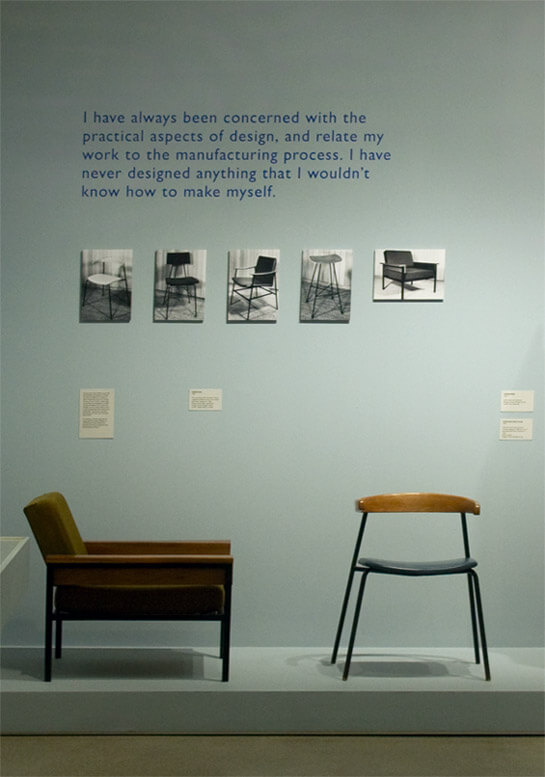
The process of making an object is an important part of Conran's ideas about design. Photograph © Aditya Palsule
In Conran’s many interests, from restaurants to publishing the theme of ‘making stuff’ is always present just below the surface. I find designers who take a hands-on approach to what they do, far more capable of arriving at an appropriate solution regardless of how out of the box that final idea may be. The exhibtion is keen to explain this aspect of Conran’s work which is key to his success as a businessman. Its not enough to simply think about how an object looks or feels or functions, but also how it is made. This is important whether the result of the design process is a product or service.
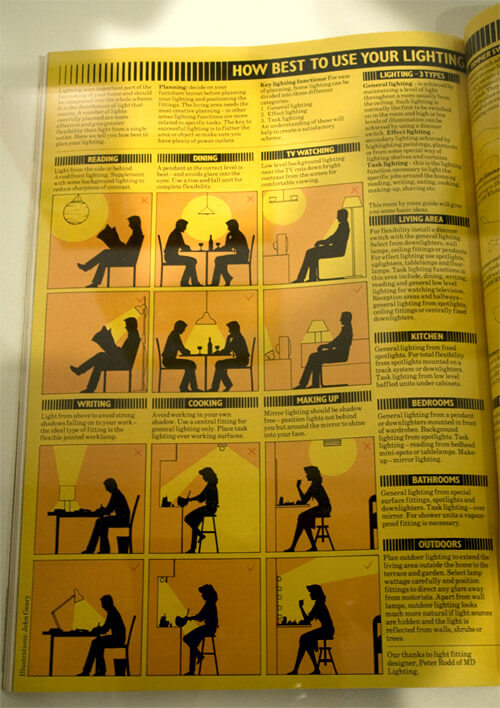
Habitat were known for their catalogues, and they were particualr about how their products were used. Here for example is a guide to proper lighting. Photograph © Aditya Palsule

As an entrepreneur, Conran has also been successful with his restaurants, cafés and bars. What better way to build an identity than with the object you would spend the most time with – a chair. Photographs © Ruchita Madhok
For a creative economy to flourish it needs to encourage collaboration between those who think and those who make. The UK has very unfortunately neglected its manufacturing sector and its creative industries, although hugely successful may have to look to foreign shores for skill sets that are lost from local communities. I fear that India as well is heading down that path but for a different reason. To encourage innovation in the country, public and private institutions need to realise that design and creativity need to be a part of the system as a whole. Manufacturing is treated as a souless industrial process, devoid of craft. More importantly is that most of the people lower down in the process, those that are involved in the actual nuts and bolts part of it are treated simply as labourers with few trained with anything more than a basic skillset.
Perhaps what needs to happen is greater opportunities for design and engineering students to work with each other and create a more fluid learning environment. Finally, the creation of a new class of modern crafts-people who can drive creativity and quality in manufacturing. Is that too utopian an ideal? Designers shouldn’t be afraid of getting their hands dirty, getting into business. Afterall, good design and good business are not mutually exclusive but are one and the same.
The following is an interview of Sir Terence Conran by Jonathan Glancey for The Guardian.
Its worth a watch.
Terence Conran The Way We Live Now is on at the Design Museum London till the 12th of April.
Further Reading:
For those of you interested in or starting out in your own creative business, its worth checking out the tumblr My Creative Business. Find them on facebook as well.
Watch the Conran Documentaries, a five part series looking at the ideas and processes behind Conran’s businesses.
Have you started a creative business of your own? Have you struggled with getting that great idea off the drawing board? Let us know in the comments below.
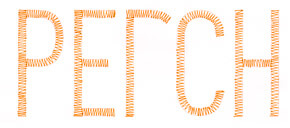
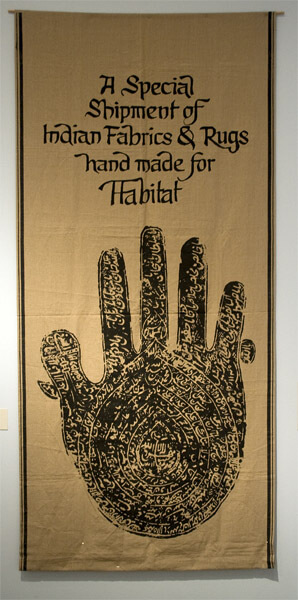
3 comments
Raman Madhok says:
Mar 16, 2012
Interesting read.
Comfort and proper lighting ,two important aspects of any individuals routine in an office and most often not paid enough attention. Hope designers while organising an office space would remember this…
Kavita says:
Mar 19, 2012
“Finally, the creation of a new class of modern crafts-people who can drive creativity and quality in manufacturing.” – That is a strong ideal to work towards and one that is essential if we are to drive quality in the way we live, today and in the future.
ruchita says:
Mar 20, 2012
Conran’s work as a designer and businessman is even more important when you consider how his products changed the way people live in Britain. Whether it was his introduction of duvets to the populace – a product that supposed “changed the sex lives of a nation” – or manuals like the lighting one shown above, that demonstrated the correct way of using a well-designed product in a well-planned way, one might even go so far as to say he democratised design for the masses. It wasn’t just a product he was selling – it was an entire way of life. I think Conran shows that it’s crucial for designers to consider how their work influences people’s lifestyles above and beyond their immediate interaction with a physical object.
As Kavita has pointed out, the creation of a new class of modern craftspeople is indeed a strong ideal to work towards, but I believe that this will only happen once consumers look at design as integral to acheiving a better quality of life for themselves first, and thereby for the maker. For that we need businessmen with a vision to match Conran’s. I wonder where in India they might be…